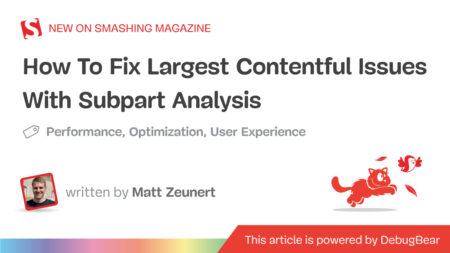Anthropic has published the Anthropic Economic Index in an attempt to understand how AI is impacting labor markets.
The report details how AI is actually being used by workers today, which tasks it’s being used for, and how worker salary influences AI use.
Anthropic decided to group AI use by occupational tasks rather than occupations, as multiple jobs often share the same tasks, such as visual pattern recognition being used by designers, photographers, security scanners, and radiologists.
“Certain tasks lend themselves better to being automated or augmented by a new technology than others. We’d therefore expect AI to be adopted selectively for different tasks across different occupations, and that analyzing tasks—in addition to jobs as a whole—would give us a fuller picture of how AI is being integrated into the economy,” Anthropic wrote in a post.
Computer and mathematical tasks — which include things like software modification, code debugging, and network troubleshooting — represented the largest adoption of AI, with 37.2% of Claude queries being in this category. Arts, design, sports, entertainment, and media was the second largest category with 10.3% of queries, reflecting use cases like writing and editing. The lowest category was farming, fishing, and forestry, with just 0.1% of queries.
To come to these results, Anthropic used Clio, which allows conversations within Claude to be analyzed while preserving user privacy. Clio was used on a dataset of roughly one million conversations, and matched up with the U.S. Department of Labor’s Occupational Information Network (O*NET), a database of 20,000 specific work-related tasks.
The results also show that very few jobs are using AI for most of their associated tasks. Just four percent of jobs used AI for at least 75% of tasks, and 36% of jobs used AI for at least 25% of tasks.
“As we predicted, there wasn’t evidence in this dataset of jobs being entirely automated: instead, AI was diffused across the many tasks in the economy, having stronger impacts for some groups of tasks than others,” Anthropic wrote.
Another finding of the report is that AI is more commonly being used to augment tasks than it is to completely automate them. Fifty-seven percent of tasks were augmented with AI compared to 43% of tasks being automated.
“That is, in just over half of cases, AI was not being used to replace people doing tasks, but instead worked with them, engaging in tasks like validation (e.g., double-checking the user’s work), learning (e.g., helping the user acquire new knowledge and skills), and task iteration (e.g., helping the user brainstorm or otherwise doing repeated, generative tasks),” Anthropic wrote.
The researchers also used the median salary for each job in the O*NET database to compare salary to AI use. They found that workers in low paying (ex. shampooers) and very high paying jobs (ex. OB/GYNs) use AI very little, while workers in the mid-to-high salary range (ex. computer programmers or copywriters) used AI the most.
The dataset used for the Anthropic Economic Index report is open source and accessible on Hugging Face so that researchers can build upon it.
The post Anthropic releases dataset that provides insight into how AI is influencing labor market appeared first on SD Times.
Source: Read MoreÂ



